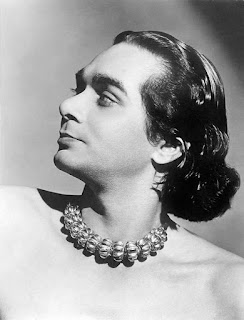Uday Shankar’s Short Biography
Uday Shankar, ( উদয় শঙ্কর ) (conceived
Dec. 8, 1900, Udaipur, India—kicked the bucket Sept. 26, 1977, Calcutta),
significant artist and choreographer of India whose adjustment of Western showy
strategies to customary Hindu move advanced the old work of art in India,
Europe, and the United States.
Shankar started formal workmanship preparing in Bombay in
1917 and after two years learned at the Royal College of Art in London. During
the 1920s he hit the dance floor with the ballet performer Anna Pavlova and
made two moves, Hindu Wedding and the two part harmony Radha and Krishna, for
consideration in her program Oriental Impressions. Coming back to India in
1929, Shankar shaped his own move organization. His troupe visited Europe in
1930 and from 1932 until the 1960s consistently showed up in the United States.
In 1938 he established the Uday Shankar India Culture Center in Almora, UttarPradesh. (The school for move, dramatization, and music shut during World War
II yet revived in 1965 in Calcutta.) Together with his sibling, the sitarist
Ravi Shankar, he investigated old style and people move and made move shows
that included social remark. In spite of the fact that Shankar's work was
reprimanded by followers of conventional Indian move, his supporters included
such prominent Indians as the writer Rabindranath Tagore.




Comments
Post a Comment